Harvest Lane Honey Adult’s Beekeeping Protective Jacket M-L
This Harvest Lane Honey Adult’s Beekeeping Protective Jacket is a must have for every beekeeper, when not using a beekeeper protection suit. This beekeeping jacket is a quick way to use protective clothing. It will allow you to get out and collect honey without the sting. Stretch elastic and covered zippers keep you protected while you reap the rewards of being a beekeeper. The full mesh hood of this beekeeping gear is structured in order to keep the mesh and bees away from your face.
This Harvest Lane Honey Adult’s Beekeeping Protective Jacket is a must have for every beekeeper, when not using a beekeeper protection suit. This beekeeping jacket is a quick way to use protective clothing. It will allow you to get out and collect honey without the sting. Stretch elastic and covered zippers keep you protected while you reap the rewards of being a beekeeper. The full mesh hood of this beekeeping gear is structured in order to keep the mesh and bees away from your face.
- This beekeeping jacket has a regular fit for your sizing needs
- The full mesh hood and veil of this beekeeping gear is structured in order to keep the mesh and bees away from your face
- Stretch elastic and covered zippers keep you protected while you reap the rewards of being a beekeeper
- Made of a cotton/poly blend for comfort
- Machine washable for easy care
- Use as quick beekeeper protection when not wearing a full suit
Additional information
| Country of Origin | Made in USA |
|---|---|
| Care Instructions | Machine Washable |
| Closure Type | Zipper |
| Features | Hood |
| Lining Material | Unlined |
| Primary Material | Cotton |
| Protective Clothing Included | Veils, Jackets |
| Manufacturer Part Number | CLOTHSJM-102 |


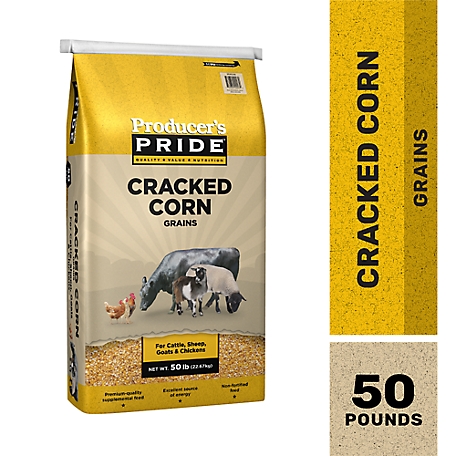



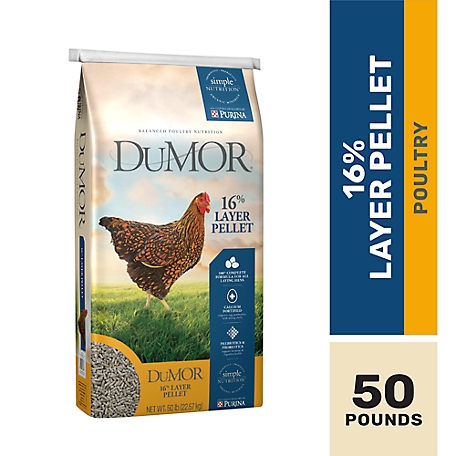

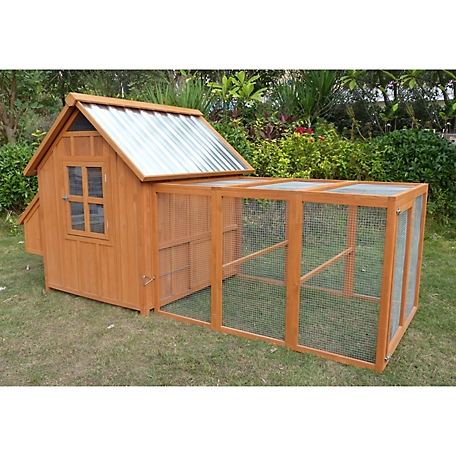
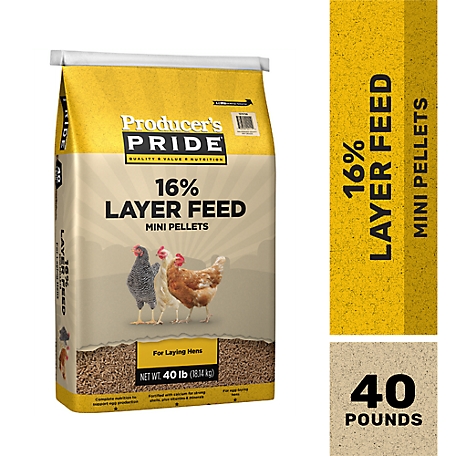
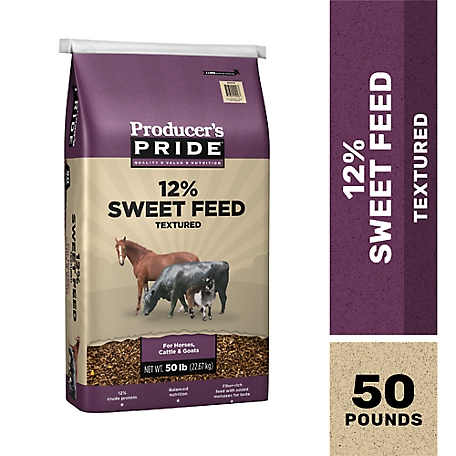

by Azure
Works well and comfortable. It helped protect me as a novice bee keeper. I will recommend.
by Madison
I bought it for my wife and it’s actually too big but works if we have visitors. Great product and a reasonable price.
by Dave
Good suit fits as expected. Good protection. Was able to get it same day.
by Andrew
The bad… Is that it runs super large. I bought the extra large because I would wear an extra large top, and I can practically swim in this. That normally wouldn’t be a problem except if you let the waistband ride low bees can’t get in it. So if you get one that is too large, put the waistband up around your hips to make sure there are no gaps. Don’t let it hang low. The good… The integrated hood is amazing. If you don’t feel like wearing the hood you can keep it behind you like a hoodie. I don’t know why one would want to wear a humongous Jacket without the hood… but you can. What I particularly like about it is that once you pull the face screen forward that’s where it stays. There is no risk of a bee stinging your face. It also allows you room to breathe as they get a little hot, these bee suits. The sleeves have a thumb loop and a good tight elastic wrist so no gaps for bees to enter. The pockets are handy for tools and in the right place. The zippers are tight, well-placed, and protected by a Velcro flap to keep bees out. Heavy enough to protect from stingers, Light enough so that you don’t sweat to death. Order smaller than you think you need and you will be happy with this product. I sure I am even if I look like a dork in a super huge bee jacket. 🙂